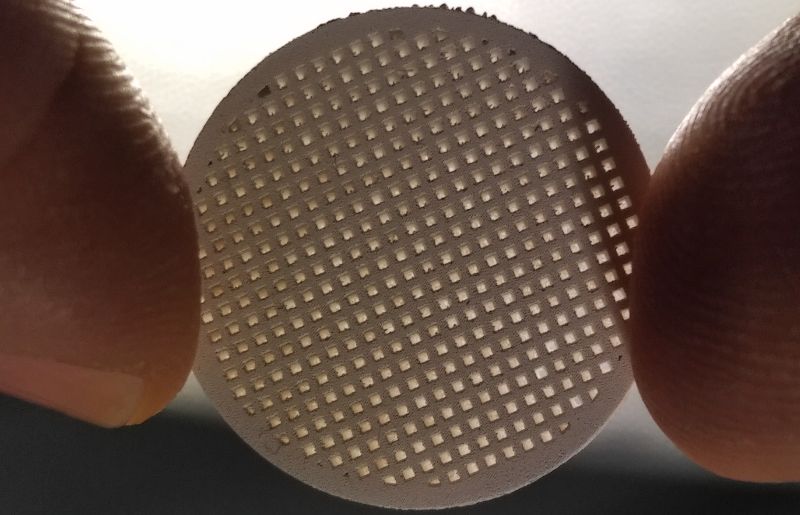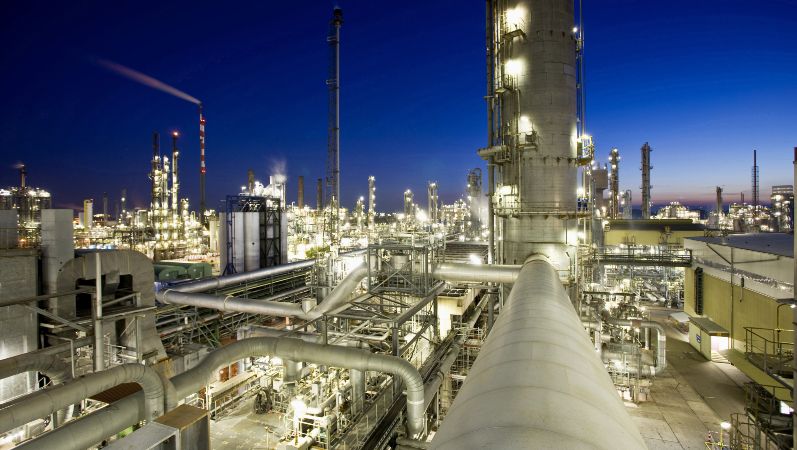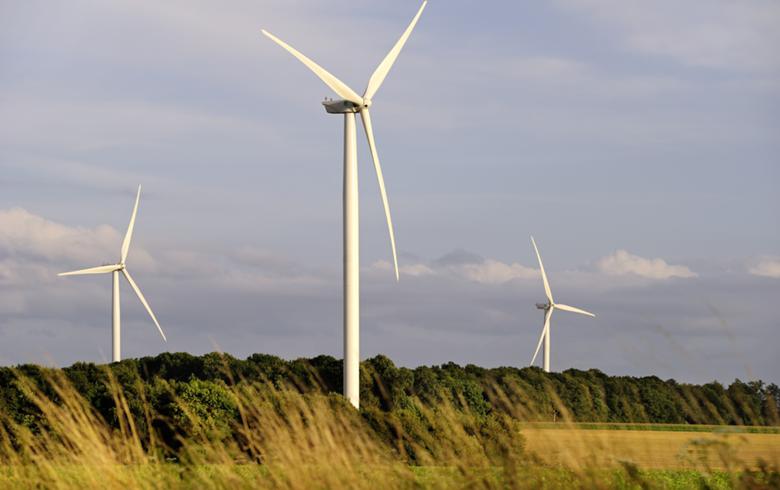A German-Dutch consortium spanning industry and science is seeking to make the production of plastics more sustainable by developing and integrating 3D printed membranes into the production process.
The Additive Manufacturing for Zero-emission Innovative Green Chemistry project, or AMAZING for short, will develop a membrane-based process to separate off by-products from the plastic production process and make them available for further use.
The likes of chemical firm BASF, materials science company Dow, and energy giant Shell will lend their expertise to the project, working alongside the Institute of Energy and Climate Research, the Institute for Sustainable Process Technology (ISPT), the University of Twente, and the Eindhoven University of Technology.
As well as providing environmental benefits, the partners believe the processes developed in the project could result in significant economic advantages for European industry.

Achieving fossil-free cracking with 3D printing
Many plastics are made from ethylene and propylene, which belong to a group of unsaturated hydrocarbons called olefins. The raw materials for these olefins are alkanes, such as light gasoline and naphtha, which are broken down in a thermal process known as steam cracking that takes place within a reactor.
During this process, hydrogen is released as a by-product and has to be laboriously separated for further use. The steam cracking process requires temperatures of up to 850 degrees celsius that are generated through the burning of fossil fuels, making olefin production one of the most energy-consuming industrial processes that generates large amounts of emissions.
The AMAZING project is seeking to make the production of olefins more sustainable by developing a membrane-based process that separates the products from the cracking process during the reaction and makes them available for further use. To further reduce the amount of emissions produced by the process, the reactor used in the AMAZING project will be heated with electricity sourced from renewable energies.
Based on the number of steam cracking facilities presently in operation, the project partners estimate that their process could potentially save around 5.2 terawatt-hours (TWh) of energy and 3,871 kilotons (kt) of CO2 per year in Germany alone. Subsequently, the developed process could provide significant cost savings for systems that are electrically-operated in comparison to fuel-heated systems.

3D printing the ceramic membranes
The project partners will use 3D printing to create and integrate a ceramic membrane into the reactor that enables the production of olefins and the simultaneous separation of pure hydrogen. The 3D printed membrane is designed with a catalytic function that lowers the dehydrogenation temperature of the alkanes which allows hydrogen to be separated from the product gas.
By deploying 3D printing to create the membrane, the partners can tailor its surface, microstructure, and chemical composition specifically for the cracking process. Various properties of the membranes can be adapted and optimized to improve efficiencies within the process, such as how well the membrane transports the separated hydrogen, and how effectively it supports the hydrogen’s separation from the alkanes.
3D printing also enables membrane prototypes and components to be easily tested, and if the technology proves suitable for large-scale use and is economically viable, the partners believe 3D printed membrane modules could be produced on a commercial scale in the future.

Sustainable hydrogen production
As well as improving energy efficiency, the proposed process also produces directly usable hydrogen, which has previously only been used thermally as a by-product of the cracking process. To achieve this, the partners will create a mixed conducting thin-film membrane (MIEC) that removes hydrogen so that it can be used as an energy carrier or chemical raw material.
The two processes proposed in the project also show promise for applications beyond olefin production, such as the use of sustainably-generated hydrogen in other industrial processes or the mobility sector to reduce emissions and therefore support Europe’s 2050 climate-neutral ambitions.
To prove the technical potential of their 3D printed and film-cast membranes, the project partners will implement their membrane reactor in a demonstrator to assess its viability for large-scale use.

Utilizing 3D printing for renewable energy
In recent years, companies have increasingly turned to 3D printing as a more efficient form of manufacturing than existing processes, although there are varied conclusions regarding its impact on the environment.
Regarding the renewables energy sector, industrial manufacturing firm Siemens has previously used 3D printing to accelerate state-of-the-art gas turbine technology that enables the operation of renewable fuels, and has more recently developed a novel digital repair chain to 3D print new features onto conventionally manufactured gas turbine blades.
The design and manufacture of turbine blades has also been explored within the wind sector by GE Research. Just last month, the company was tasked with increasing the competitiveness of onshore and offshore wind energy through 3D printing by the US Department of Energy, alongside LM Wind Power, Oak Ridge National Laboratory, and the National Renewable Energy Laboratory.
Over in the nuclear sector, 3D printed parts developed by the Department of Energy at ORNL could be tested in currently operating nuclear reactors this spring. ORNL’s fuel assembly brackets will reportedly be the first 3D printed safety-related components to be installed in a nuclear power plant.
ORNL is leading the Transformational Challenge Reactor (TCR) demonstration program, which involves developing a nuclear reactor core using 3D printing in order to reduce manufacturing costs and leads times, while improving safety.
Subscribe to the 3D Printing Industry newsletter for the latest news in additive manufacturing. You can also stay connected by following us on Twitter and liking us on Facebook.
Looking for a career in additive manufacturing? Visit 3D Printing Jobs for a selection of roles in the industry.
Featured image shows membrane support made of magnesium oxide (MgO), which was produced using 3D printing. Photo via WZR ceramic solutions GmbH.



